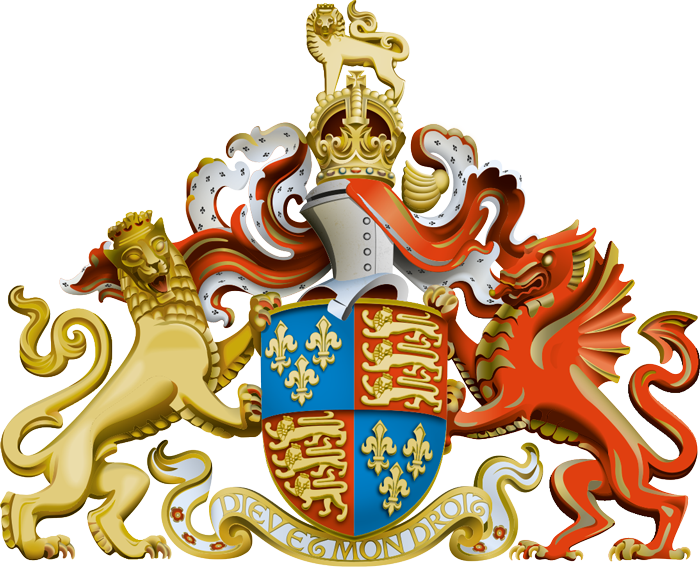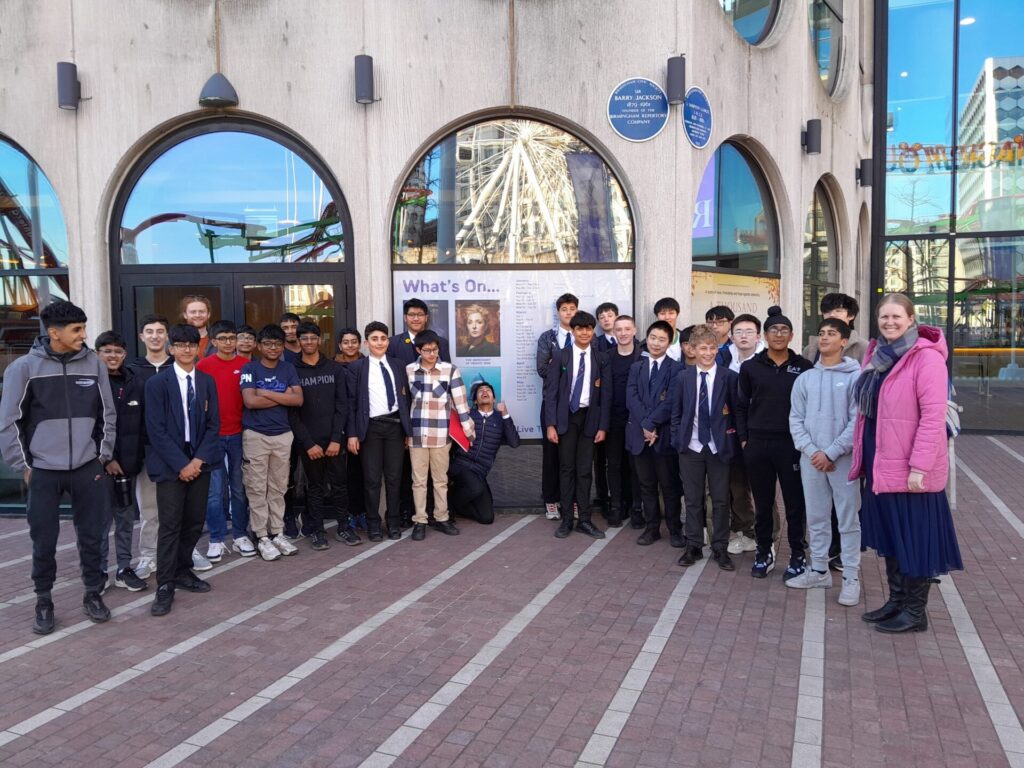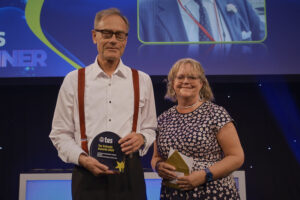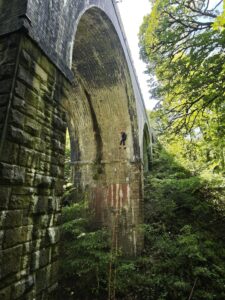After months of studying, reading, and speaking about the play, we finally, on 2nd April 2025, got to see it live: the 1936 adaptation of The Merchant of Venice. Thirty boys from the UMs and above arrived at the Parade Ground at 6pm buzzing with excitement. This play had been etched into our brains, having scrutinised every line in our English lessons.
Thus, we embarked on our journey to the Rep Theatre to watch this incredibly reviewed piece of drama. After carefully filtering us all through the doors, some took the opportunity to buy snacks to savour through the show. Upon walking into the audience rows, which stretched beyond the eye’s view, I remember remarking to the boy next to me, equally awaiting this show in amazement, that the theatre had not a bare seat.
Fully immersing us in the experience, the production began with actors and actresses making their way through our rows and onto the stage, with the first scene, one not in the original play, being a beautiful Hebrew prayer led by Tracy-Ann Oberman, the actress playing Shylock. We soon got to see the unique twist on this infamous Shakespearean work as one of the main characters marched up as a member of the British Union of Fascists. That foreshadowed a common theme of what we were to see.
In our studies, the question of ‘Shylock: villain or victim?’ has often been raised, and in this adaptation, it was clear that Shylock, along with her community, were cruelly marginalised and harassed. A fair amount of the play stayed true to the original plot. But ‘fairer than that word’ were the true historical references intertwined.
The ending was very different from what we were expecting. All of the formerly villainous actors joined the Jewish community to show what happened at Cable Street in 1936, where people came together to fight fascism. The lead then broke the fourth wall and explained to us, the audience, about her ties to this event through her great-grandmother. This was then followed by a magnificent standing ovation.
Coming out of the theatre were discussions of the changes made to this incredibly familiar play, most notably a female Shylock, and the setting of the entire production in London. All of us left that day with incredible memories and a lot to think about.
By Ashar, (UM)












